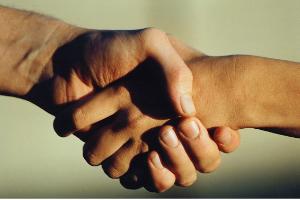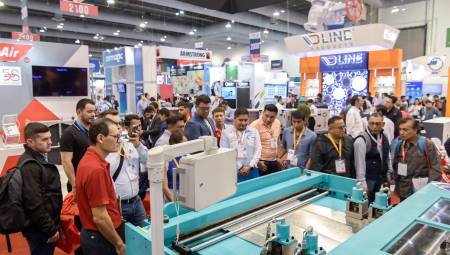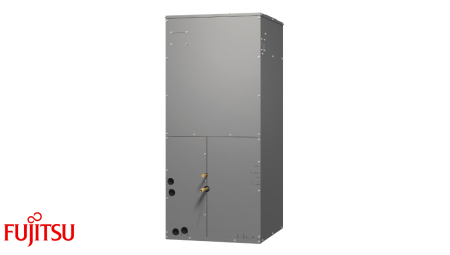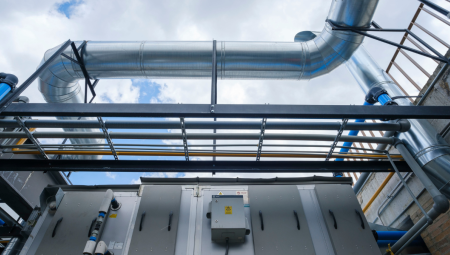 The author speaks in his usual column about the work of the Ecological Engineer vs Bioclimatic Architect and, in addition, about what the one and the other can do for the sake of an energetically and ecologically sustainable project.
The author speaks in his usual column about the work of the Ecological Engineer vs Bioclimatic Architect and, in addition, about what the one and the other can do for the sake of an energetically and ecologically sustainable project. by: Camilo Botero*
Not my esteemed colleagues and friends, it is not that I am describing a situation of conflict between these disciplines (which there is) but rather I try to place in the light of thermodynamic principles (first law and second law), the mechanics of fluids, existing standards; where are the strengths and limitations of each of these approaches in the design, specification, assembly, operation and maintenance of an air conditioning project.
It is evident that the engineering of Air Conditioning, Refrigeration and Ventilation, interacts with architecture and civil engineering in a very narrow way. It is impossible for us, engineers of AA, R and V, to place the equipment, pipeline networks, pipes, distribution terminals and everything else that makes up a project; in a virtual building: it must be in a real one. On the other hand there are climates and applications where without air conditioning as understood and designed by an ecological engineer, it would be impossible to achieve with the methodologies proposed by the bioclimatic architect.
Both terms: ecological engineer and bioclimatic architect, are new but since when I am working on these issues (1968) and the concepts of rational use of energy and air quality outside were issues of forced consideration when designing the systems mentioned above.
On the other hand, bioclimatic architecture is very recent in Colombia and with normally European theories they have imposed their criteria in terms of the approach to solve air conditioning projects based fundamentally on low cost, which is almost never less if one considers the extra cost in construction, with results in my opinion very deficient, trying to air condition with natural convections without filtration and without relative humidity control in tropical climates.
Where then is the point of possible meeting of these two approaches? Fortunately the Supreme Engineer designed nature and its laws without any error and without the possibility that they vary: "Energy is neither created nor destroyed" that almost everyone says they understand and "It is impossible to transfer energy from a place of low temperature to one of high temperature without energy consumption" (first and second laws of thermodynamics, respectively).
Therefore, it is naïve, to say the least, to pretend to achieve temperatures of 26ºC, with outside air of 35ºC, as has been seen in some bioclimatic projects and much less to lower the specific humidity say from 120 gr / lb to 70 gr / lb, to achieve a relative humidity according to the comfort conditions, because in a tropical climate it is necessary to remove that difference in moisture content, which implies reaching a low dew point, which produces water condensation or even more demanding to use chemical dehumidification to achieve specific low humidity necessary in a large number of industrial processes. With only bioclimatic architecture it is impossible to achieve for example 22ºC and 15% RH (quite demanding conditions) and not even relatively common comfort conditions are achieved according to the ASHRAE standard 55, of 24ºC and 55% (with their respective tolerances).
On the other hand, if the project only requires moderating the interior conditions, let's say in production plants that can reach temperatures close to 40ºC, with high relative humidity, causing thermal stress in the personnel who work there, reducing their productivity in the process, the principles presented as novel by the bioclimatic architects can be used (and we have already done it ecological engineers), for example: orientation of the building with respect to the sun to minimize solar radiation, thermal insulation, natural convections, evaporative cooling, apparent temperature perceived by the operators due to an adequate combination of dry bulb temperature, wet bulb temperature and air velocity on the skin, thus achieving some comfort.
I emphasize that in all these methodologies the filtration so as not to introduce dust (ASHRAE 35%), becomes complex and sometimes cancels the pressure differential created by the thermosiphon effect, canceling the natural convection flow.
In these turbulent times, where sustainability (rational use of energy, indoor air quality, use of resources, such as water and materials) requires the participation of all professionals and especially those who are the reason for these notes so that air conditioning projects in addition to complying with specifications, are sustainable.
The best attitude is to reach agreements and maximize the potential of each of these disciplines, for the benefit of sustainability!
* Camilo Botero is the current president of ACAIRE and president of Camilo Botero Ingenieros Consultores Ltda. He has worked as a teacher in several Colombian universities, guilds and currently in ACAIRE in diploma courses of air conditioning projects, energy efficiency in air conditioning and refrigeration, cogeneration and trigeneration, applied psychometrics, thermodynamics, fluid mechanics, heat transfer and turbomachinery.













